How to Get Students to Stop Talking in One Week
Whether you have a class that has been chatty since day one or a group of students who seem to have hit a talkative streak, it can be frustrating to deal with excess noise! If you want to get your class back on track, keep reading! I’m sharing some tips for how to get students to stop talking by using a one-week reset!
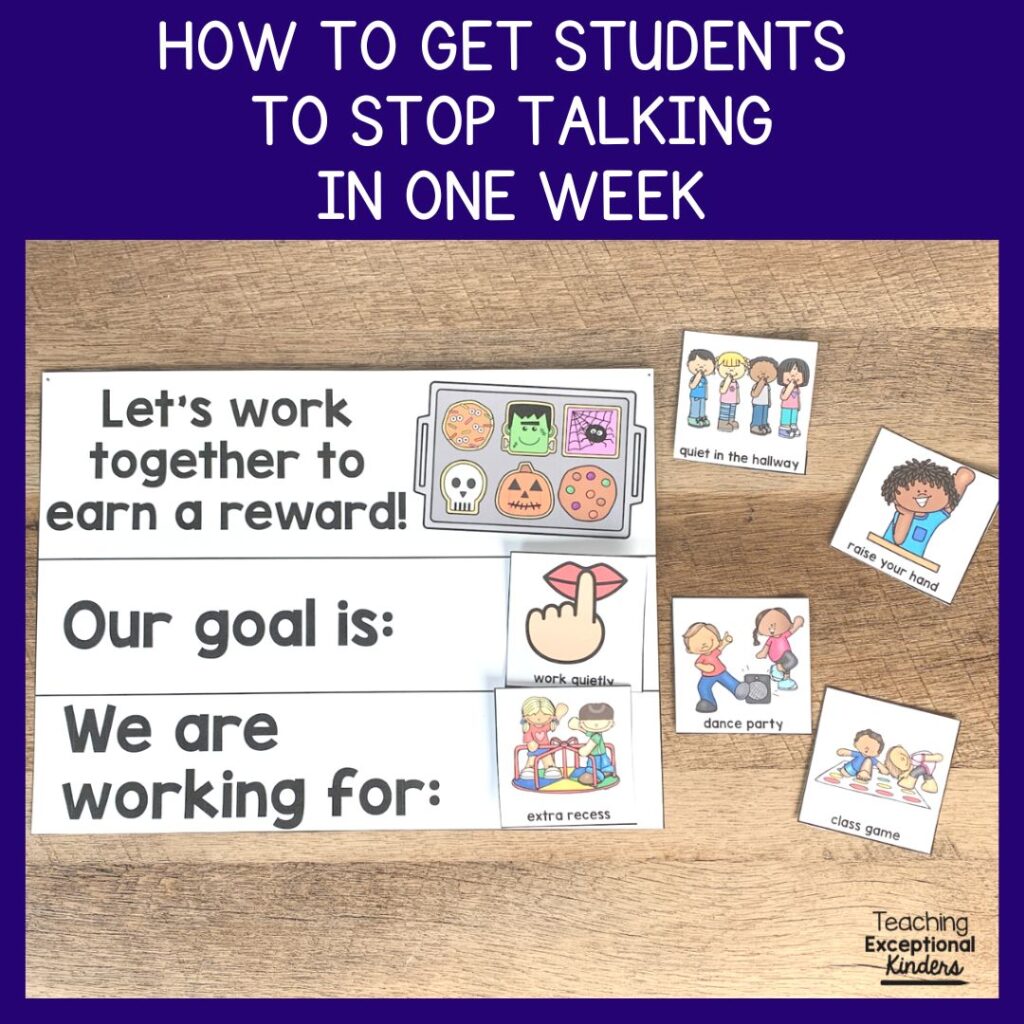
Why Resets are Important
Some periods of the school year are naturally more challenging for keeping excess chatter in check.
- Mid-Fall: The honeymoon period is over and students have developed friendships within their new classroom, which welcomes chatter. As the leaves change, students are eager to chat about all things Halloween, especially costumes and candy!
- December: After Thanksgiving break, excitement is in the air as students anticipate the longer winter break. For students who celebrate a December holiday, they are always eager to talk about their wishlists with their friends.
- After Winter Break: When students return to school after winter break, some of them act like they’ve never been in a classroom before! They seem to have forgotten all of the expectations surrounding voice level and appropriate times to talk.
- Spring: Students can be just plain wacky when spring fever hits! As the weather warms up, the chatter seems to multiply exponentially.
When you hit these seasons or any other period when it seems like students are way more talkative than usual, it’s helpful to take a step back and reset. You’re able to review expectations with your students, monitor specific expectations more closely, and acknowledge improvement.
How to Get Students to Stop Talking in One Week
If your class could use a reset, here are some tips for drastically reducing excess talking in just one week.
1. Start with a Common Goal
It’s essential that you begin with a specific goal in mind. It’s really not very effective to just tell the class that they need to “talk less.” Instead, target a specific period of time or type of chatter that seems to be the biggest challenge for your class. Are they extra talkative during centers time? Do teachers close their doors when your class walks down the hall? Do students use inappropriate voice levels during circle time? Come up with a goal that addresses the biggest noise issue.
By setting a specific goal, it will be easier for you to focus on the students who are exhibiting the expected behavior. Instead of being overwhelmed by the number of chatty students in your class, you’ll be watching for the students who are making specific positive choices.
Working toward a common goal also builds a sense of classroom community and teamwork. This is something that can really support your classroom management during these challenging times.
2. Introduce the Goal and the Why Behind It
Once you’ve selected the target goal for your students, it’s important to introduce it to your class and explain the “why” behind that choice.
At carpet time, you could explain to your students that you have received reports that teachers have to close their doors when your class walks down the hallway. You can introduce your goal of having voices off when walking in the hall, explaining that this helps other students continue to learn. This helps your class realize that their actions can have an impact on others.
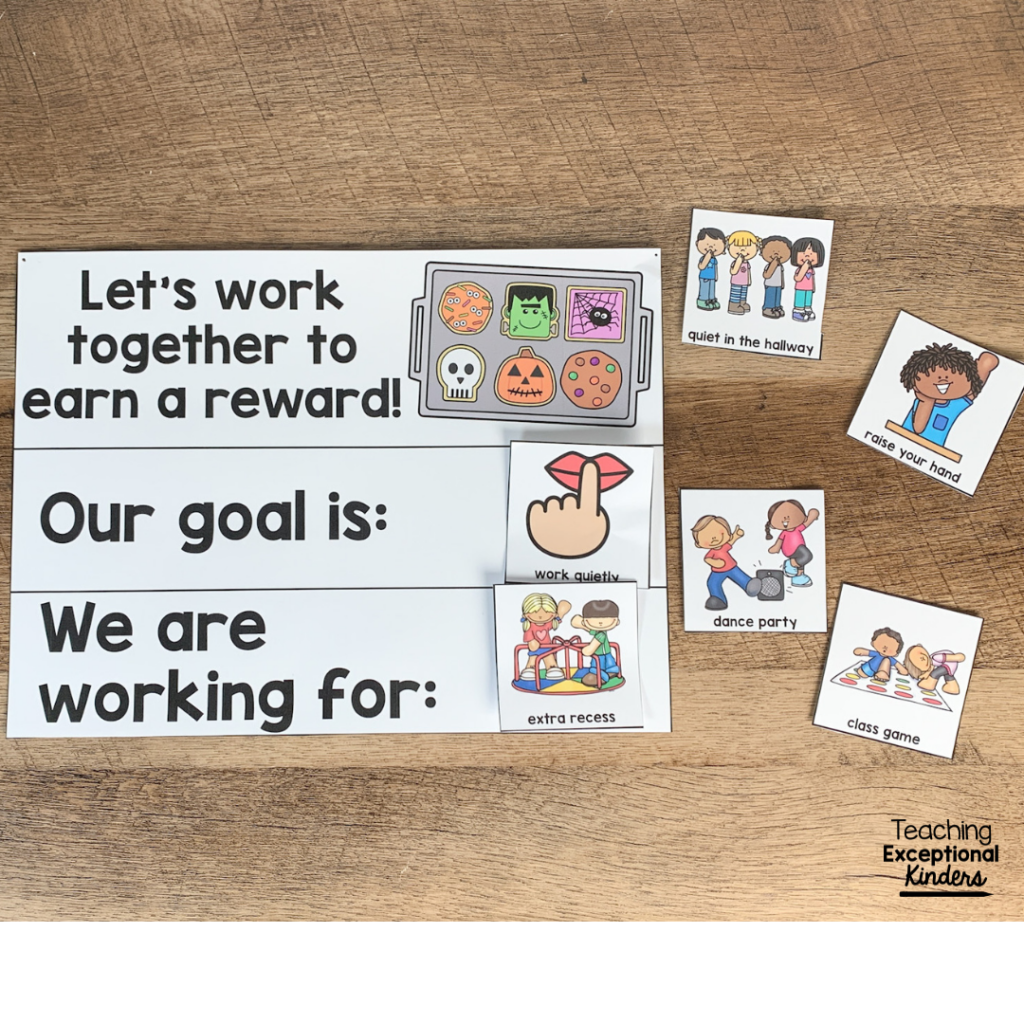
3. Encourage Student Buy-In
The next step is to encourage student buy-in for working toward the classroom goal. An easy way to do this is to incorporate a reward system. As students exhibit the target behavior, they get closer to the reward.
Rewards don’t have to be complicated or expensive to be effective! Something as simple as a ten-minute dance party or extra recess can be just as motivating as something tangible that costs money. In fact, it can make it easier for students to stay motivated when they can earn less-complicated rewards more often.
4. Track Progress Visually
Once your students understand what is expected of them and what they’re working towards, be sure to track their progress! Keep your reward tracker displayed somewhere that it can serve as a visual reminder of both the goal and the reward. Visual reminders are such a helpful part of any classroom management strategy!
Consistency is also key when reinforcing positive behavior. It can help you be more consistent in acknowledging positive choices when the tracker is put somewhere prominent in the classroom. It can remind you to be on the lookout for good choices!
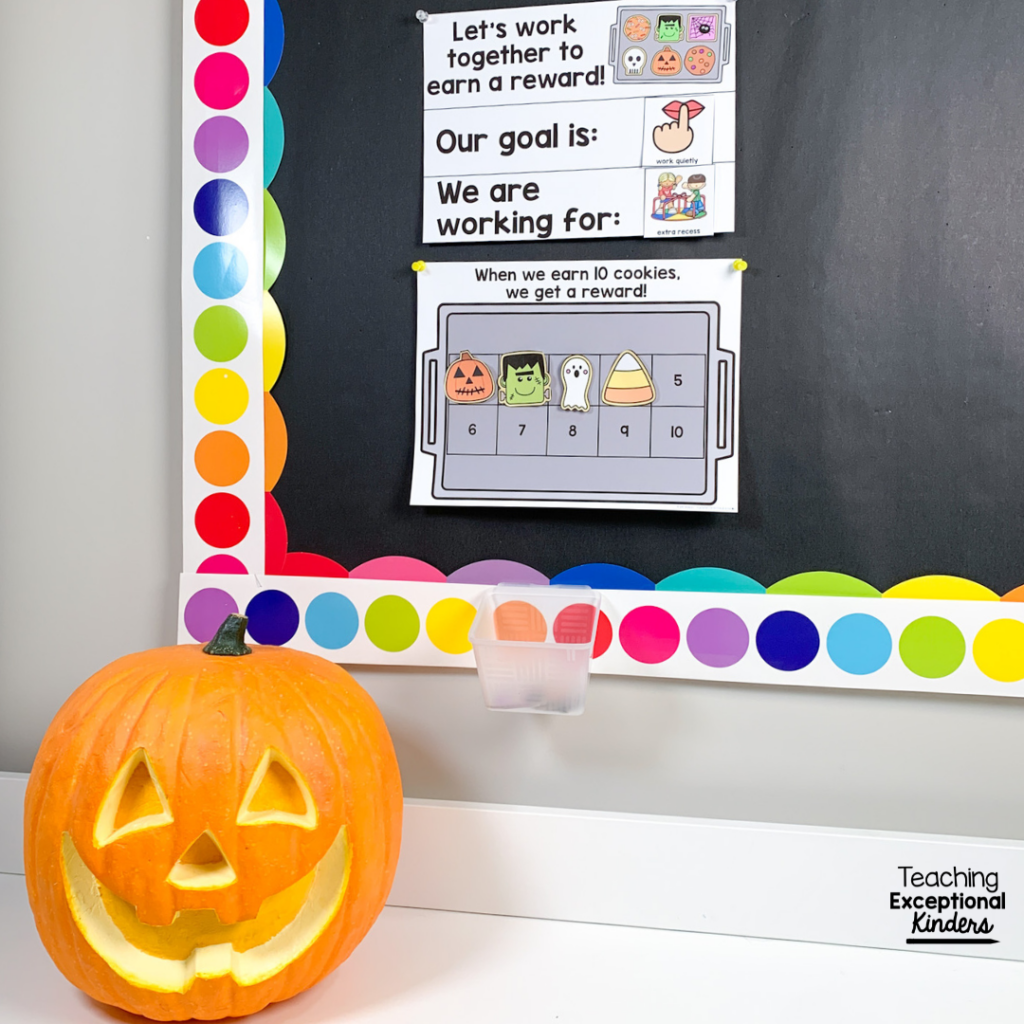
As you put these tips into practice, I think you’ll be shocked by how quickly your students improve their talkative behavior!
Quest for a Quieter Classroom Challenge
I have put together a FREE challenge to help you in your quest for a quieter classroom. This challenge helps you set up a specific goal to improve your class noise level, introduce it to your students, and consistently reward positive behavior choices. After one week, you will drastically decrease the classroom chatter. When you sign up for the challenge, you will receive a printable reward system that you can use to reinforce your expectations in a positive, fun way!
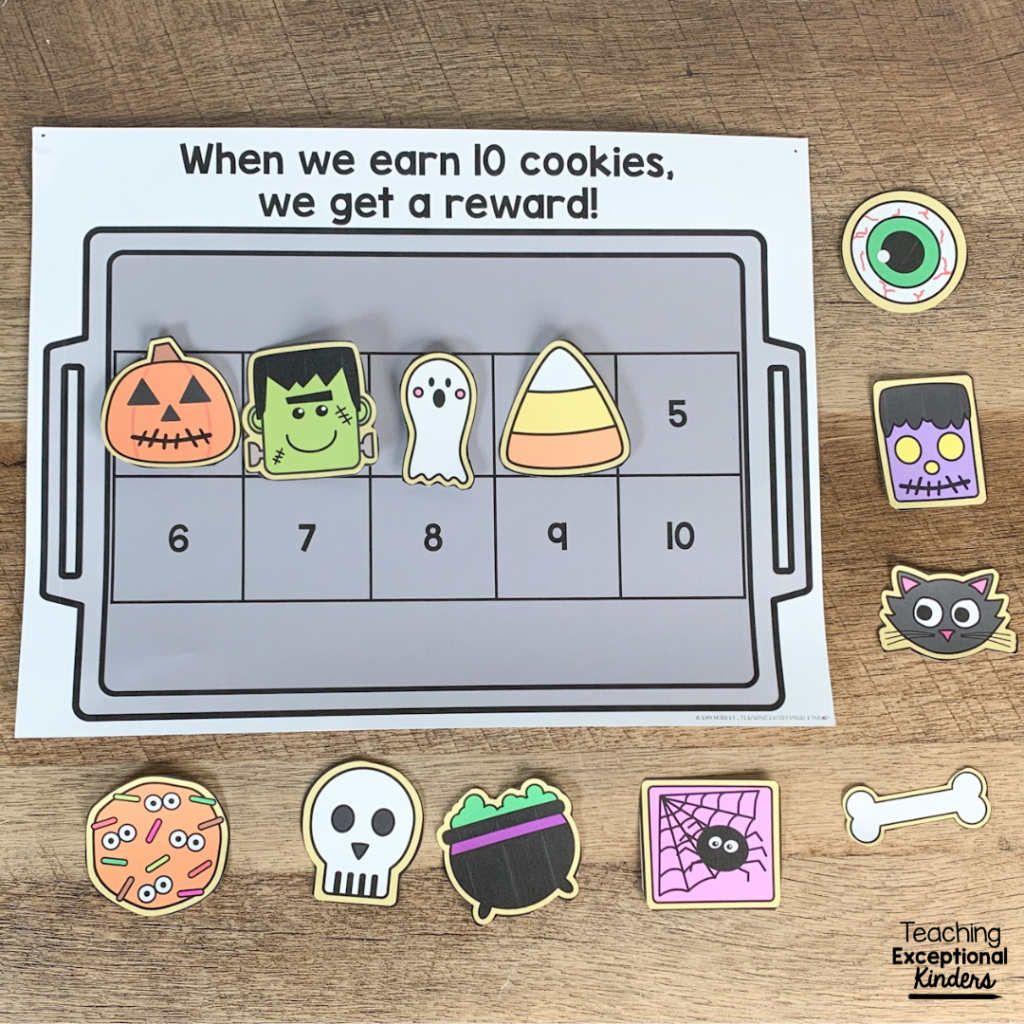
You can display your goal and reward, then track student progress using the cookie sheet reward tracker. Students will work to fill up the cookie sheet with a set number of Halloween-themed cookies. If you can’t celebrate Halloween in your classroom, there are also some fall-colored cookies included in the set. There are cookie sheets with different numbers of spaces, including a blank cookie sheet, so you can customize the goal to fit the needs of your class!
Just fill out the form below to sign up for the challenge and receive your free cookie sheet reward system!
Learn More about the 5-day Challenge To End the Chatter
In this video, I explain how to set up your 5-Day challenge to end the chatter with these easy-to-prep FREE printables!
Save These Tips for How to Get Students to Stop Talking
Be sure to save this post if you’d like to come back to it later! Just add the pin below to your favorite teaching board on Pinterest. You’ll be able to quickly find these tips when you’re ready for a classroom management reset! Plus, you can grab this freebie anytime you need a way to motivate your chatty students to stop talking so much!
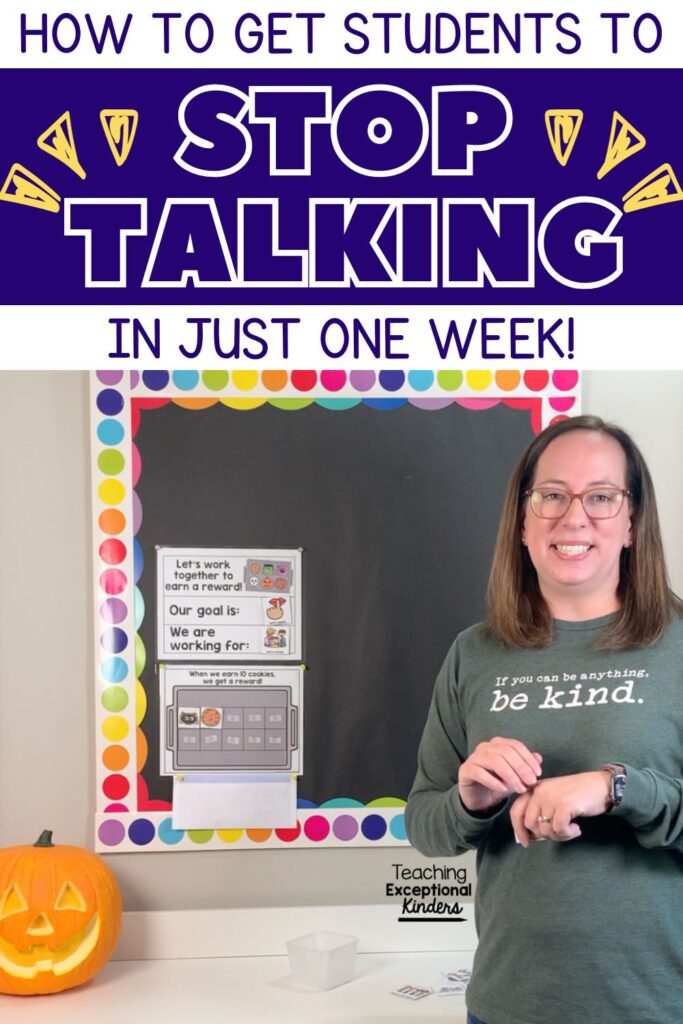
Amy
SITE DESIGN BY LAINE SUTHERLAND DESIGNS

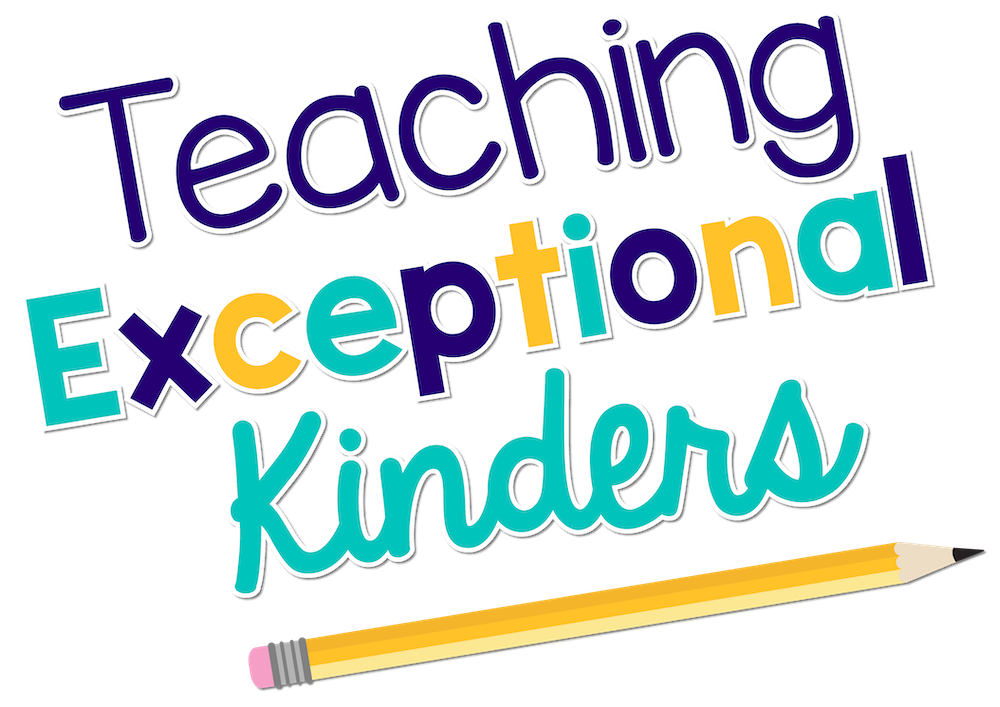
2 Comments
Thank you for this challenge.
Hi Jana! You’re welcome! I hope it works well in your classroom!
Amy